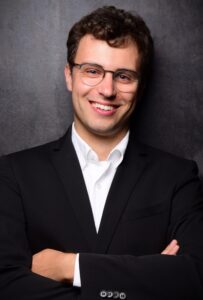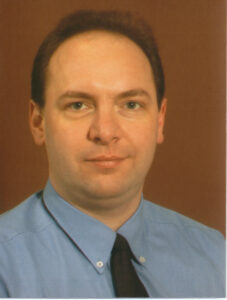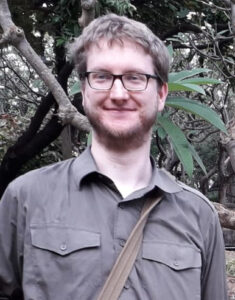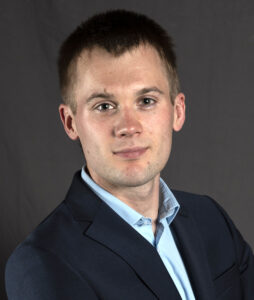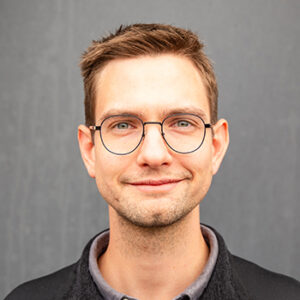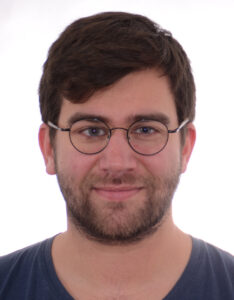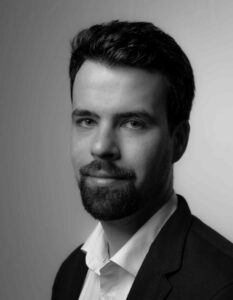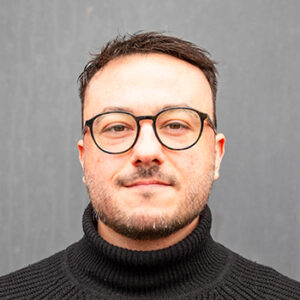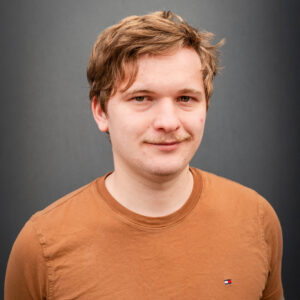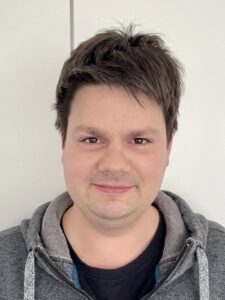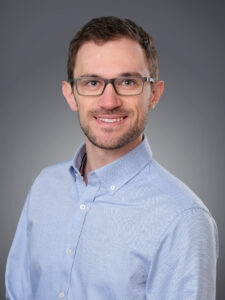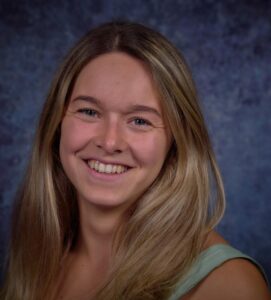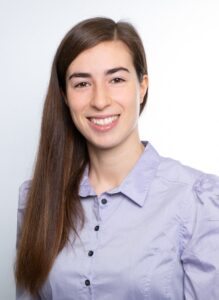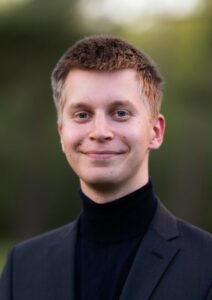Lab
The Institute for Electronic Engineering has a history of several decades of research and development in various fields of electrical engineering, electronics and information technology. This experience was transferred to the Institute of Smart Electronics and Systems.
Within these fields, it is always important to confirm theoretical results with prototypes and verification by measurement. For this purpose the institute LITES owns first-class laboratory equipment. In the following a short overview of the available equipment shall be given.
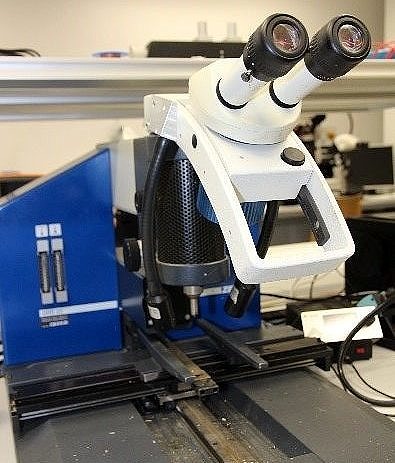
The chair’s assembly technology is equipped with numerous state-of-the-art assembly technology devices. The tools for prototype manufacturing and PCB assembly range from simple soldering irons and heating plates to semi-automatic assemblers and fully automatic reflow systems. Two cross tables (ZEVAC) are available for fast assembly and repair work. Precise soldering in the smallest space is supported by stereo microscopes and a vision system (high-precision positioning of QFN and BGA packages).
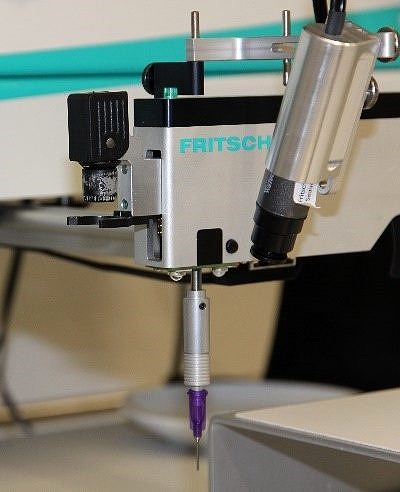
In order to achieve a high reproducibility of the prototypes, additional equipment can be used in the assembly process. This includes the application of solder paste with the help of a precisely manufactured stencil and the assembly by semi-automatic manipulators. The vapor phase soldering equipment available at the chair is particularly noteworthy. It allows a fully automatic soldering process according to the manufacturers’ specifications. This produces an optimal and consistent result without overheating sensitive components.
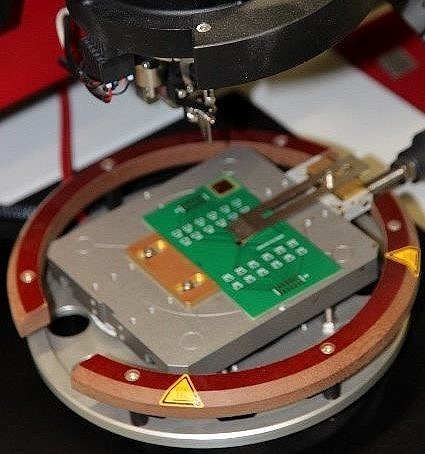
The chair is equipped with a wire bonder for the assembly of prototypes in connection with “unpackaged” microchips. It supports the two most common methods, thermosonic ball-wedge bonding and ultrasonic wedge-wedge bonding.
Similar to the research areas of the institute, the metrological laboratory equipment is diverse and of the highest standard. Starting with simple voltage sources and measurement equipment in the lower GHz range, the chair is equipped with network analyzers up to 170 GHz. The following areas are particularly worth mentioning:
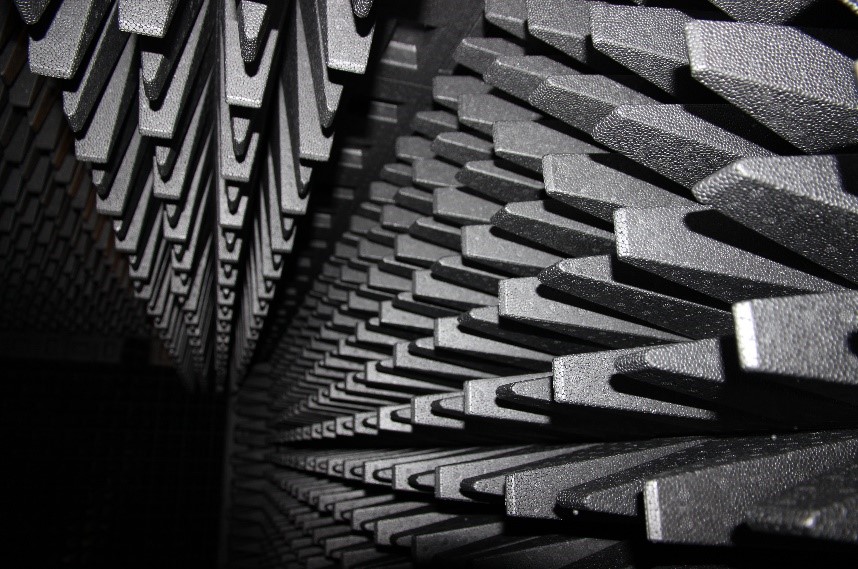 The chair owns a 15 m² anechoic chamber equipped with Comtest MT25 polystyrene absorbers. Walls, ceiling and parts of the floor are equipped with absorbers to ensure the best possible absorption in the frequency range between 500 MHz and 40 GHz. Furthermore, the anechoic chamber is equipped with a 2 meter long, fully automatic µm linear stage.
The chair owns a 15 m² anechoic chamber equipped with Comtest MT25 polystyrene absorbers. Walls, ceiling and parts of the floor are equipped with absorbers to ensure the best possible absorption in the frequency range between 500 MHz and 40 GHz. Furthermore, the anechoic chamber is equipped with a 2 meter long, fully automatic µm linear stage.
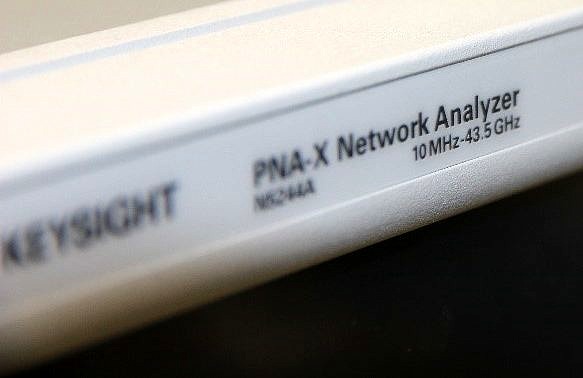
For network analysis the chair is equipped with several network analyzers from Rohde & Schwarz and Keysight. Frequencies from 10 MHz to 170 GHz can be measured with up to 4 ports. For precise and reproducible measurements, calibration units for all common RF adapter types are available. In addition, nonlinear component characterizations using X-parameters up to 43 GHz are possible (passive as well as active components).
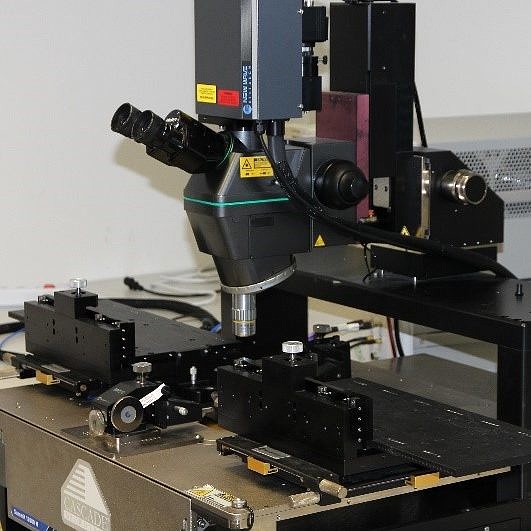
High frequencies are always accompanied by high integration and thus make it difficult to verify the circuits in terms of measurement technology. In order to verify simulation results on the unpackaged microchip, the chair owns three wafer probers with partially automated probing. In addition, one of the probers is equipped with an EzLaze 3 Laser Cutting System for subsequent processing of integrated circuits.
The equipment of the laboratory is supplemented by further measuring equipment such as signal and vector signal generators, spectrum, signal, impedance and noise analyzers and signal as well as mobile radio testers. For special tasks in the field of mobile radio technology and standardization, measurement technology from the interdisciplinary Laboratory for Embedded Wireless Systems (EWL), a joint initiative of the Institute for Electronics Engineering, the Institute of Microwaves and Photonics and the Institute for Digital Transmission, is available.
M. Sc. Christof Pfannenmüller, M. Sc.
Gruppenleiter
Adrian Voinea
IT, Labor & Aufbautechnik
M. Sc. Sascha Breun, M. Sc.
Akademischer Rat und Gruppenleiter
M. Sc. Albert-Marcel Schrotz, M.Sc.
Akademischer Rat und Gruppenleiter
Sebastian Peters, M. Sc.
Akademischer Rat und Gruppenleiter
